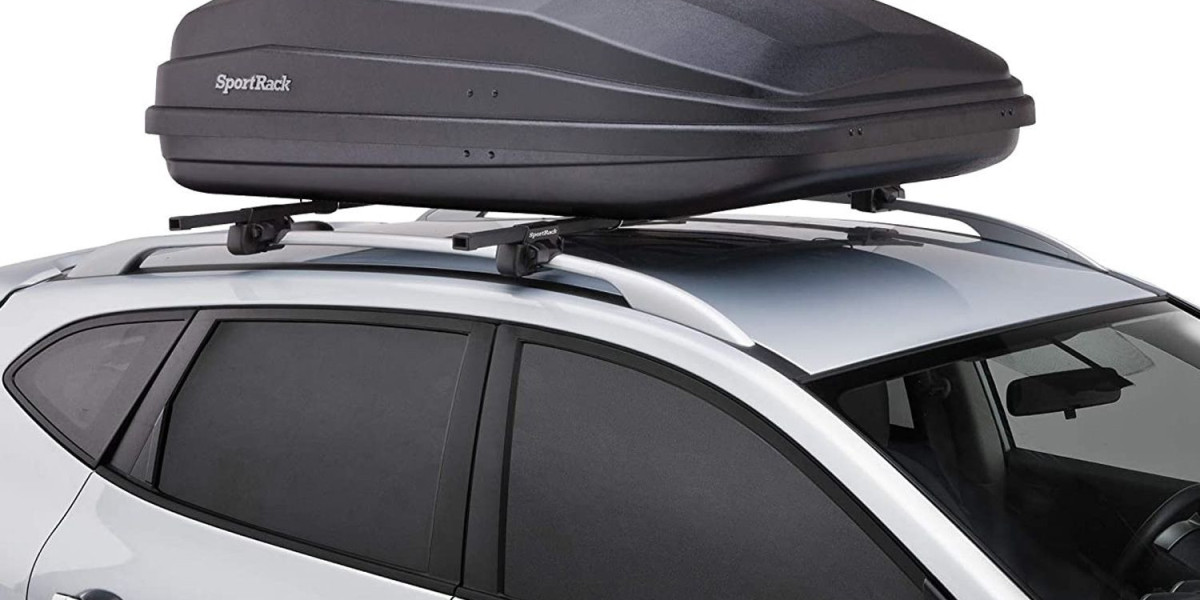In the world of travel and outdoor adventures, maximizing storage space is crucial. A roof box, also known as a cargo box or roof-mounted cargo carrier, is an ideal solution for those seeking to transport additional luggage, camping gear, sports equipment, or any other bulky items. This comprehensive guide will explore the various aspects of roof boxes, including their benefits, types, installation process, and maintenance tips.
Benefits of Using a Roof Box
- Increased Storage Capacity: Roof boxes provide additional storage space, allowing you to carry more items without overcrowding your vehicle's interior.
- Improved Comfort: With luggage and equipment stored on the roof, passengers can enjoy a more spacious and comfortable ride.
- Versatility: Roof boxes are suitable for various types of trips, from family vacations to outdoor adventures, making them a versatile accessory.
- Safety: Properly installed roof boxes help distribute weight evenly, reducing the risk of accidents caused by an overloaded vehicle.
Types of Roof Boxes
- Hard-Shell Roof Boxes: Made from durable materials like ABS plastic or fiberglass, these boxes are sturdy, weather-resistant, and provide excellent protection for your belongings.
- Pros: Robust, secure, weatherproof.
- Cons: Heavier, more expensive.
- Soft-Shell Roof Bags: Constructed from flexible, waterproof materials, these bags are lightweight and can be easily folded when not in use.
- Pros: Lightweight, affordable, easy to store.
- Cons: Less secure, less durable.
Choosing the Right Roof Box
- Size and Capacity: Consider the size of your vehicle and the amount of storage space you need. Roof boxes come in various sizes, typically measured in liters.
- Compatibility: Ensure the roof box is compatible with your vehicle's roof rack system. Some boxes require specific crossbars or mounting systems.
- Ease of Access: Look for features like dual-side opening or quick-release mounting systems for convenient access to your belongings.
- Aerodynamics: An aerodynamic design reduces wind resistance and noise, improving fuel efficiency.
Installation Process
- Preparing Your Vehicle: Clean the roof and ensure the roof rack is properly installed and secure.
- Attaching the Roof Box:
- Position the roof box on the roof rack and align it properly.
- Secure the box using the provided clamps or mounting hardware.
- Tighten all fasteners, ensuring the box is stable and doesn't shift during transit.
- Safety Checks:
- Double-check that all locks and latches are secure.
- Test the stability of the roof box by gently shaking it.
Maintenance Tips
- Regular Cleaning: Clean the roof box after each trip to remove dirt, debris, and road grime. Use mild soap and water to prevent damage to the materials.
- Inspect for Damage: Regularly inspect the roof box for cracks, dents, or other damage. Address any issues promptly to maintain its integrity.
- Proper Storage: When not in use, store the roof box in a cool, dry place, away from direct sunlight to prevent UV damage.
- Lubricate Moving Parts: Periodically lubricate hinges, locks, and other moving parts to ensure smooth operation.
Popular Roof Box Brands
- Thule: Known for their high-quality, durable roof boxes with innovative features and sleek designs.
- Yakima: Offers a wide range of roof boxes with a focus on durability and user-friendly features.
- SportRack: Provides affordable roof boxes that are easy to install and use.
- INNO: Features aerodynamic designs and advanced locking systems for enhanced security.
Conclusion
A roof box is an invaluable accessory for travelers and outdoor enthusiasts, offering additional storage space and improving the overall comfort and safety of your journey. By understanding the different types of roof boxes, choosing the right one for your needs, and following proper installation and maintenance practices, you can make the most of this versatile storage solution. Whether you're heading on a family road trip, a camping adventure, or a skiing expedition, a roof box can help you transport your gear with ease and convenience.
FAQs
- How much weight can a roof box carry?
- The weight capacity of a roof box varies by model. Always check the manufacturer's specifications and ensure you don't exceed the weight limit of your vehicle's roof rack.
- Do roof boxes affect fuel efficiency?
- Yes, roof boxes can impact fuel efficiency due to increased wind resistance. Choosing an aerodynamic design can help minimize this effect.
- Can I leave my roof box on my car all the time?
- While it's possible, it's not recommended to leave the roof box on your car permanently, as it can affect fuel efficiency and may be subject to weather damage over time.
- Are roof boxes waterproof?
- Most hard-shell roof boxes are designed to be waterproof or highly water-resistant, while soft-shell roof bags may offer varying levels of water resistance. Always check the product details for specific information.



